5 Reasons to Visit New York’s Frick Collection This Spring
After closing its doors on 1 East 70th Street in New York in 2020, the Frick Collection is set to reopen its historic mansion on April 17, 2025,...
Elizabeth Provost 3 March 2025
Museums and galleries are putting on some fantastic shows in 2023 as they continue to encourage visitors back after the pandemic. Whether you are looking for Old Masters or contemporary stars, one-artist blockbusters or comparative shows, chronological surveys or thematic curations, there is something for everyone. Here are some of the best exhibitions in 2023 from the USA, Europe, and the UK.
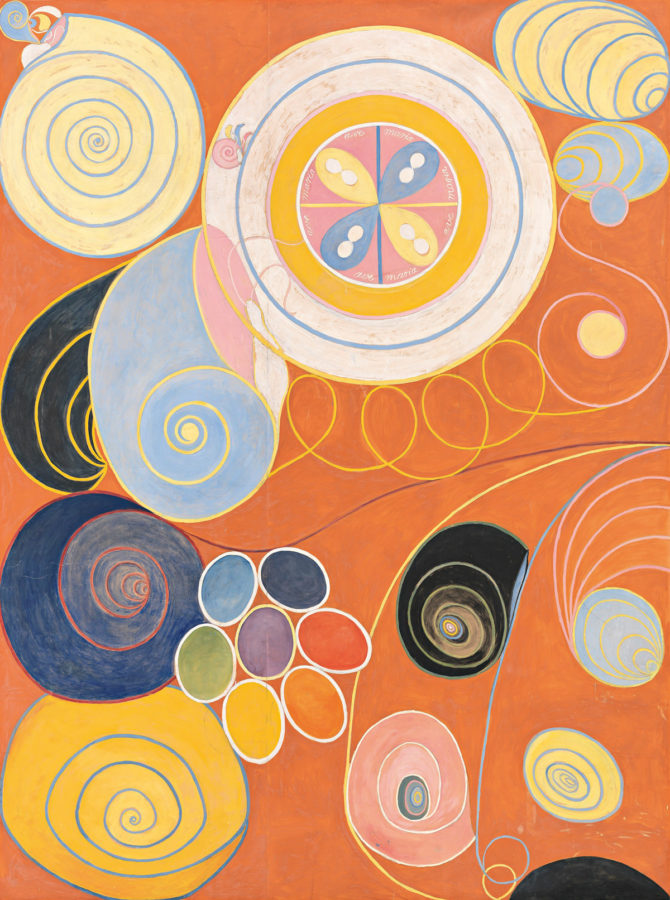
Hilma af Klint, The Ten Largest, Group IV, No. 3, Youth, 1907. The Hilma af Klint Foundation.
Hilma af Klint is arguably the bigger name in this two artist exhibition. Her 2018 Guggenheim show broke attendance records and her life has recently been the subject of a major biopic. In contrast, Piet Mondrian’s primary color grids feel overly-familiar. However, both artists are often misrepresented. Af Klint is seen as a spiritualist first and a painter second meanwhile Mondrian’s roots as an Expressionist landscapist are often forgotten.
This exhibition aims to show how both artists’ work was rooted in the representation of nature and how both were deeply concerned with the spiritual quality of their painting. Although they never met, both were follows of Theosophy, both were pioneers of geometric abstraction and both exploited the possibilities of color.
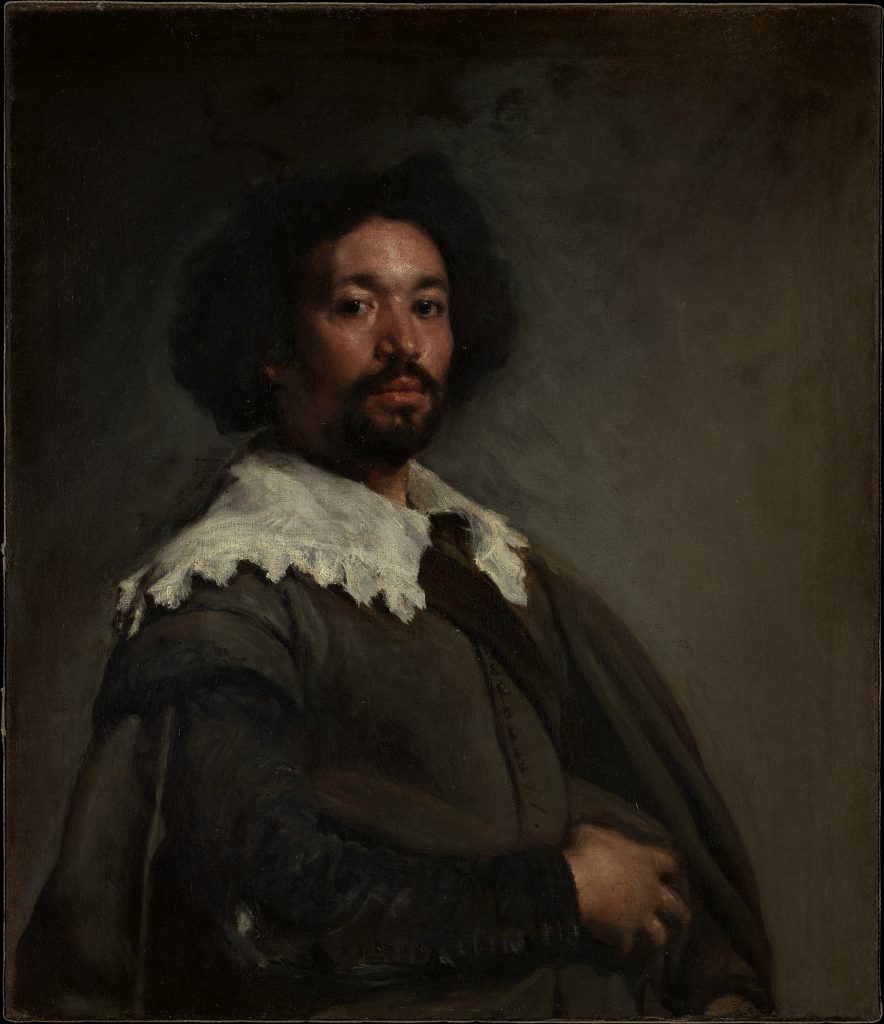
Diego Velázquez, Juan de Pareja, 1650, The Metropolitan Museum of Art, New York, NY, USA.
Juan de Pareja (c. 1608–1670) was an assistant in Diego Velázquez‘s studio. He was also enslaved, probably a so-called morisco (a Christian convert from Islam) born into slavery in Southern Spain. After being given his freedom by Velasquez in 1654, De Pareja became a successful artist in his own right. He produced a range of works from large scale, multi-figure religious paintings to portraits.
This exhibition is not only the first to look at his work, but also explores the use of slave labor within Hispanic cultural production of the period. It features works by Francisco de Zurbaran, Bartolomé Murillo and Velázquez himself, alongside De Pareja.
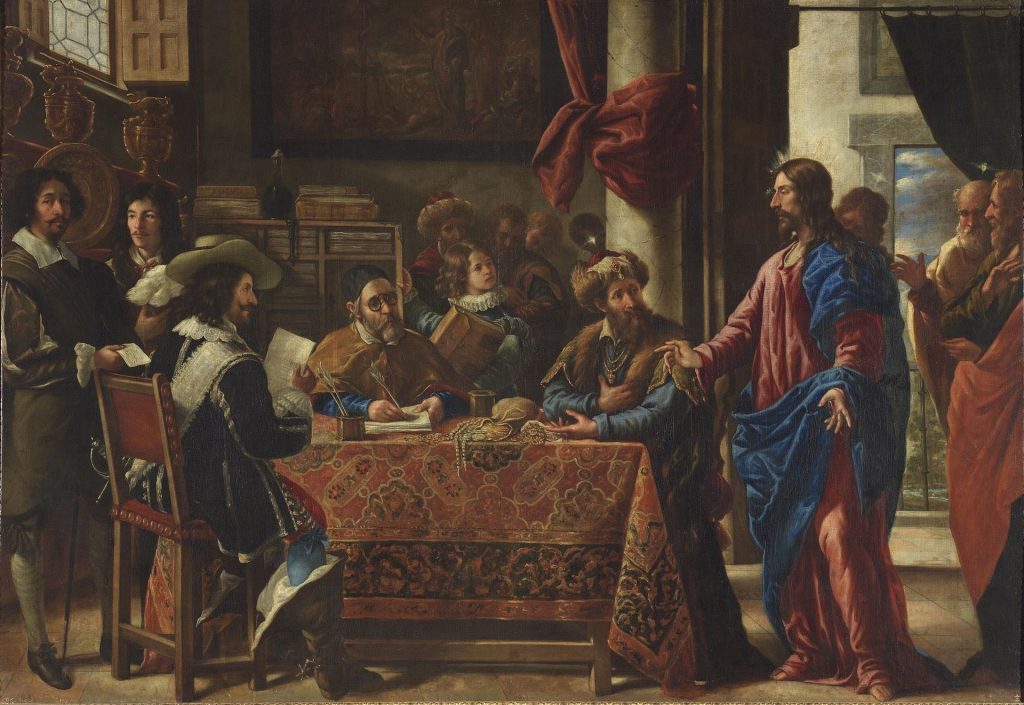
Juan de Pareja, The Calling of Saint Matthew, 1661, Prado Museum, Madrid, Spain.
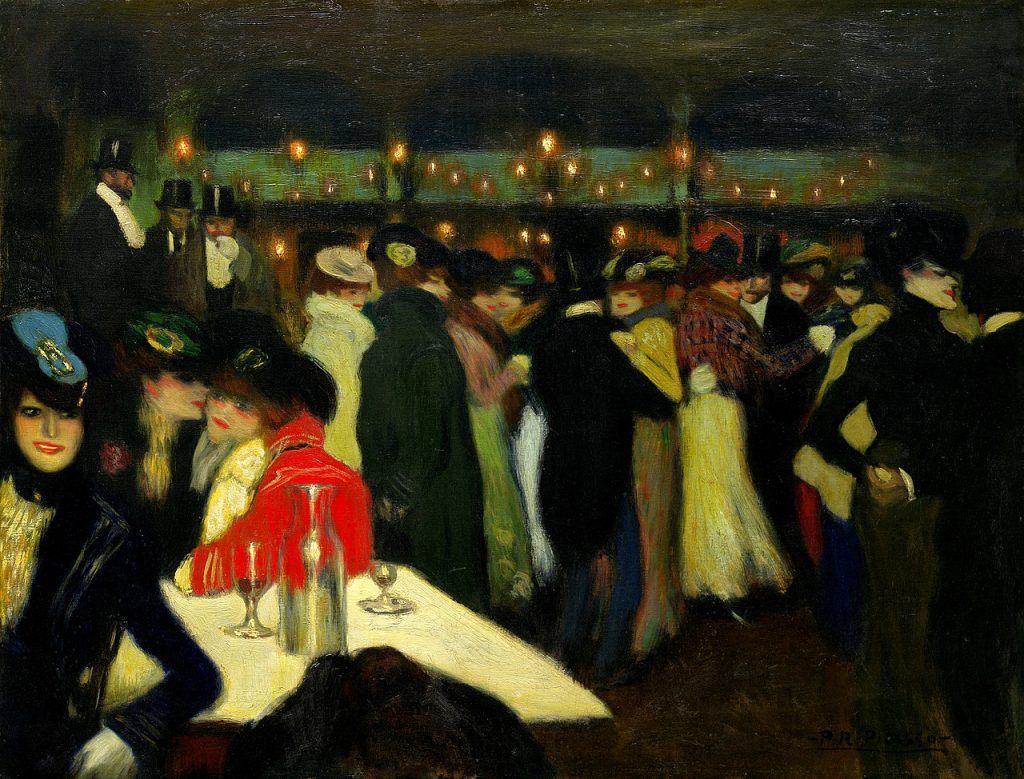
Pablo Picasso, Moulin de la Galette, 1900, Guggenheim Museum, New York, NY, USA.
2023 is the 50th anniversary of Pablo Picasso‘s (1881–1973) death and 50 exhibitions have been organized in commemoration. Picasso’s legacy has suffered in recent years, partly as a result of a declining interest in the big names of Modernism and partly because of allegations of misogyny. However, there is no denying his significance as a leading exponent of Cubism through his development of collage and in his determination to break with conventional ideas of beauty.
The Guggenheim exhibition looks at his early work in Paris, centering around their painting Moulin de la Galette, a Montmartre venue much painted by the Impressionists. It aims to show the impact the city and its art had on the newly arrived Spanish artist.
Other major Picasso exhibitions include a comparison with El Greco at the Prado and a focus on his sculpture at the Guggenheim in Bilbao, Spain.
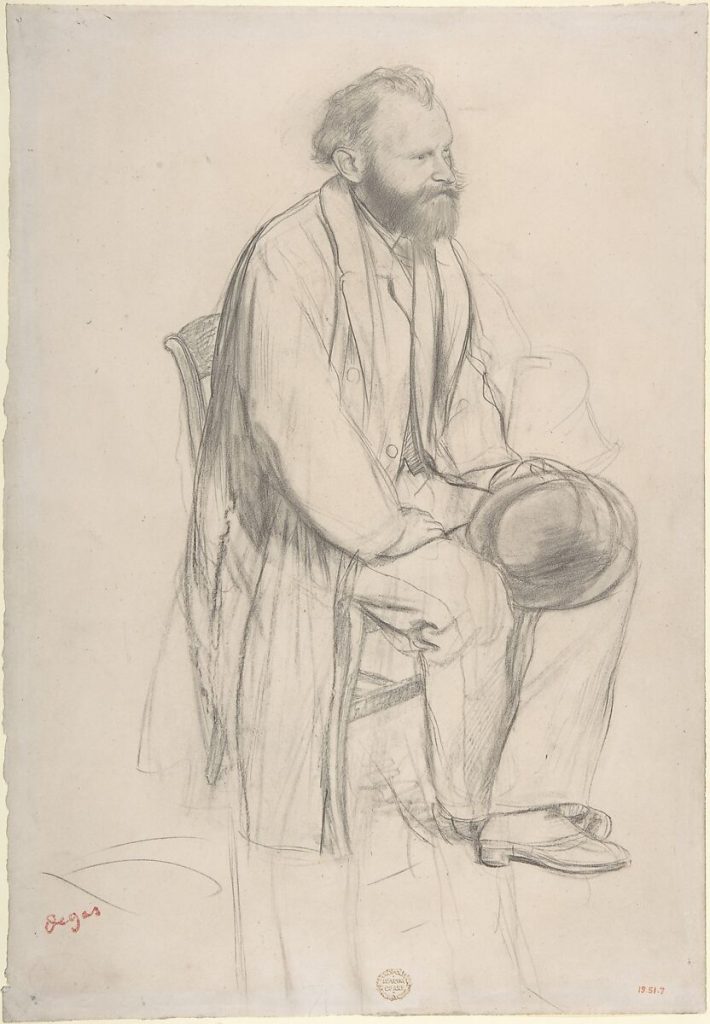
Edgar Degas, Edouard Manet, Seated Holding his Hat, 1865, The Metropolitan Museum of Art, New York, NY, USA.
Edouard Manet (1832–1883) and Edgar Degas (1834–1917) are two of the biggest names of French Impressionism. Close in age but very different in character, they became friends after meeting in the Louvre in 1862. During the 1870s they increasingly followed separate artistic paths: Manet remained aloof from the Impressionist exhibitions which Degas organized. Yet both saw themselves as realists interested in painting modern life and Degas had a number of paintings by Manet in his collection when he died.
This exhibition promises an interesting new take on two very familiar artists by focusing on their artistic and personal relationship. There are around 150 works on display highlighting differences of approach, similarities of subject, and the wider cultural circle to which both artists belonged.
The exhibition moves to The Metropolitan Museum of Art in New York, opening there on 24 September 2023.
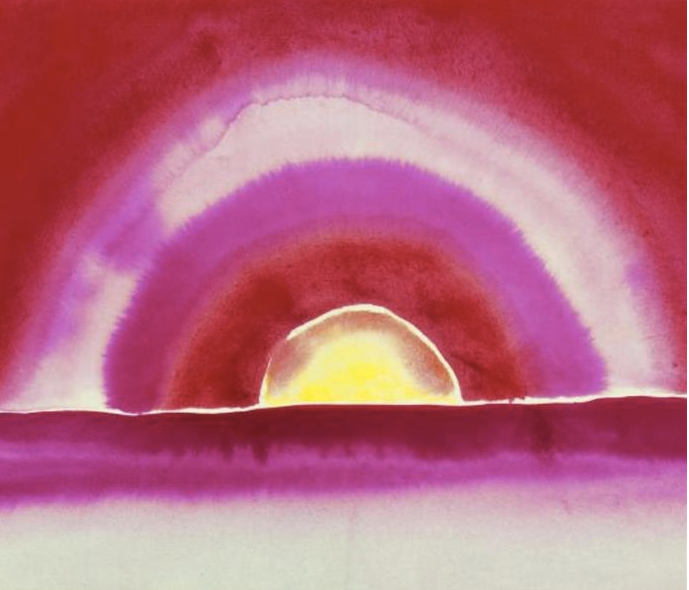
Georgia O’Keeffe, Sunrise, (watercolor), 1916. WikiArt.
Taking its title, To See Takes Time, from a quote by the artist, this exhibition looks at the ways Georgia O’Keeffe (1887–1986) used drawing and watercolor to repeatedly explore forms and images which she then developed on canvas.
O’Keefe is perhaps best known for her sumptuous images of flowers, but she worked with a number of key themes from New York in the 1920s to New Mexico desert landscapes. She was a prolific worker on paper, especially during the years 1915–1918 when she developed her first organically abstract works, working in charcoal.
Surprisingly, this is the first MoMA exhibition devoted to O’Keeffe since 1946. This show will feature over 120 works, many of them rarely seen, which span O’Keeffe’s career.
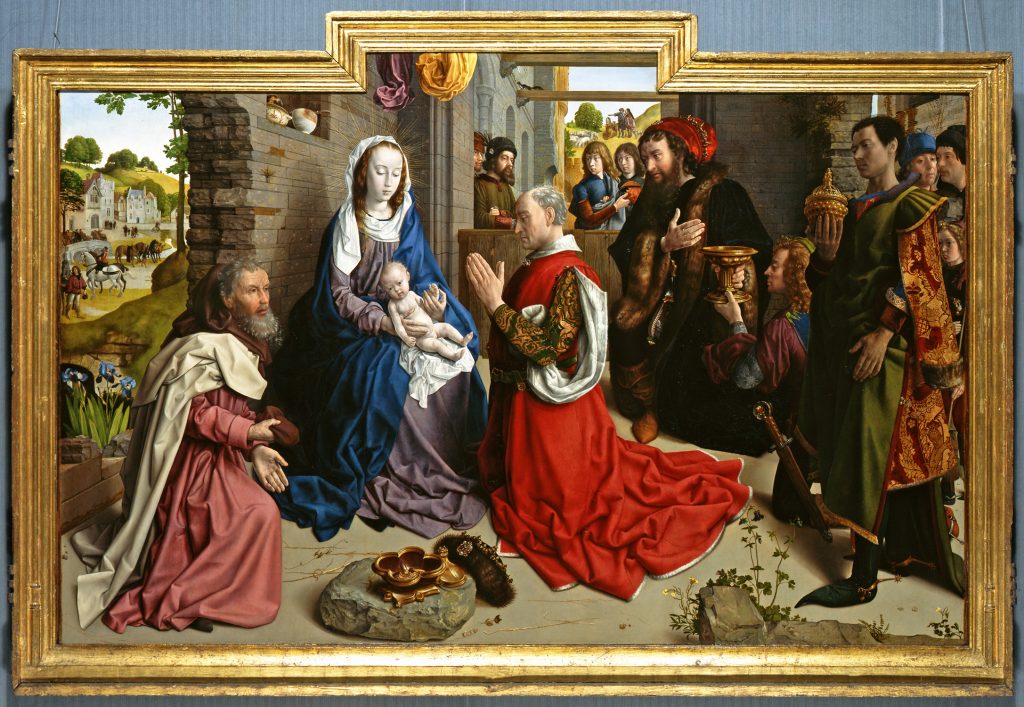
Hugo van der Goes, Adoration of the Magi, 1470–1475, Gemäldegalerie, Berlin, Germany.
Hugo van der Goes (c. 1440–1482/83) is one of the great Netherlandish painters of the late 15th century, working alongside artists like Rogier van der Weyden, but there has never been an exhibition devoted to his work. Berlin holds two of his largest panels and has built this show around them, gathering together 12 out of the 14 works accepted as his, as well as paintings by his contemporaries.
Van der Goes had a successful artistic practice in Ghent, famed for his portraits and patronized by the Burgundian court. However, in 1477 he unexpectedly abandoned his career to become a lay member of a monastery. It was there that he painted most of his surviving works, before having a mental crisis which led to a suicide attempt. His works focus on the emotional intensity – both pain and bliss – of religious subjects, combining precise detail and rich color with highly expressive features.
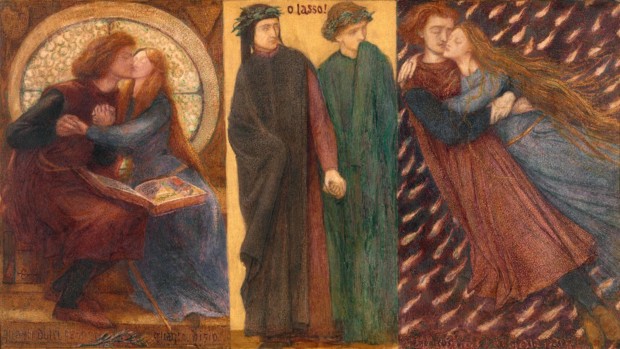
Dante Gabriel Rossetti, Paolo and Francesca da Rimini, (watercolor), 1855, Tate Britain, London, UK.
This ambitious exhibition promises the largest collection of Dante Gabriel Rossetti‘s (1828–1882) work in 20 years, a full retrospective of Elizabeth Siddal (1829-1862), and the wider context of Christina Rossetti’s writing.
Rossetti was a founding member of the Pre-Raphaelite Brotherhood and later a leading exponent of aestheticism, producing poetry as well as paintings. He was also a serial womanizer, finding and falling in love with a succession of “muses,” including Siddal, whom he married in 1860. Siddal’s own career has been overshadowed by her relationship with Rossetti but, despite her early death at the age of 32, she produced over 100 works.
Both artists explored contemporary themes while immersing themselves in medieval narratives and themes from poetry. Expect luscious color, rich pattern and detail, love, romance, and beauty.
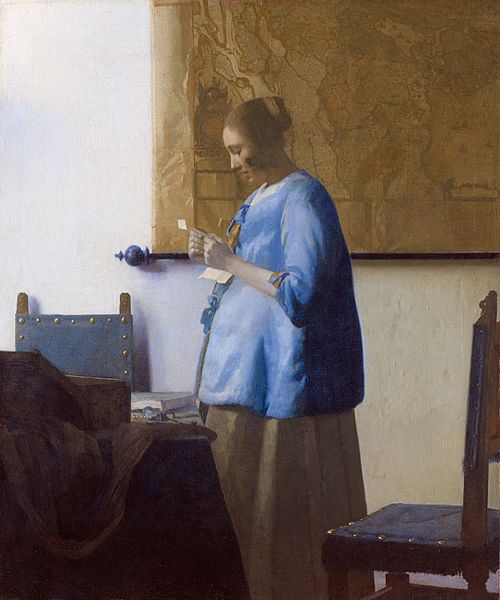
Johannes Vermeer, Woman Reading a Letter, 1662–1663, Rijksmuseum, Amsterdam, Netherlands.
Described as “a once in a generation show,” this is probably the most anticipated exhibition of the year. Johannes Vermeer (1632–1675) was a not a prolific artist and the Rijksmuseum has brought together 28 of his 34 or so surviving works. Controversially these include Girl with a Flute recently downgraded to a studio work by the National Gallery of Art, Washington.
Vermeer’s small, intimate interiors in which figures are placed in mysterious, quiet isolation have a uniquely compelling quality. His clear light and limited palette combine with perfectly realized illusionist space to draw the viewer into the world of 17th-century Delft, while ultimately leaving one unsure of exactly what is happening there.
Wherever you are and whatever exhibitions you visit, enjoy seeing art in 2023!
DailyArt Magazine needs your support. Every contribution, however big or small, is very valuable for our future. Thanks to it, we will be able to sustain and grow the Magazine. Thank you for your help!